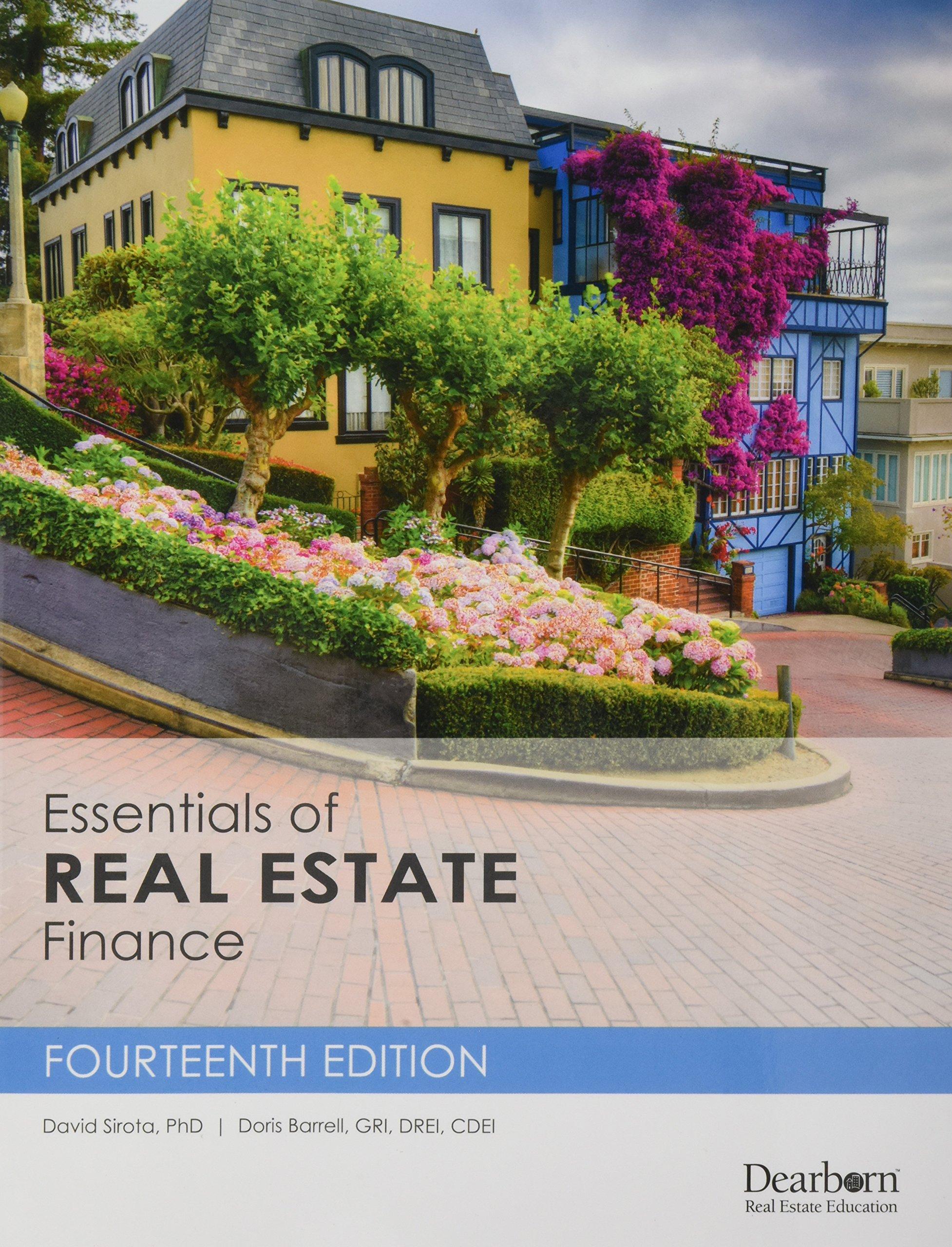Question
1. What are the critical performance dimensions for (a) a retailer and (b) a financial services company that should be considered in credit analysis? What
1. What are the critical performance dimensions for (a) a retailer and (b) a financial services company that should be considered in credit analysis? What ratios would you suggest looking at for each of these dimensions? 2. Why would a company pay to have its public debt rated by a major rating agency (such as Moodys or Standard and Poors)? Why might a firm decide not to have its debt rated? 3. Some have argued that the market for original-issue junk bonds developed in the late 1970s as a result of a failure in the rating process. Proponents of this argument suggest that rating agencies rated companies too harshly at the low end of the rating scale, denying investment grade status to some deserving companies. What are proponents of this argument effectively assuming were the incentives of rating agencies? What economic forces could give rise to this incentive? 4. Many debt agreements require borrowers to obtain the permission of the lender before undertaking a major acquisition or asset sale. Why would the lender want to include this type of restriction? 5. Betty Li, the CFO of a company applying for a new loan, argues: I will never agree to a debt covenant that restricts my ability to pay dividends to my shareholders, because it reduces shareholder wealth. Do you agree with this argument? Credit Analysis and Distress Prediction 569 Credit Analysis and Distress Prediction 14-18 6. Cambridge Construction Company follows the percentage-of-completion method for reporting long-term contract revenues. The percentage of completion is based on the cost of materials shipped to the project site as a percentage of total expected material costs. Cambridges major debt agreement includes restrictions on net worth, interest coverage, and minimum working capital requirements. A leading analyst claims that the company is buying its way out of these covenants by spending cash and buying materials, even when they are not needed. Explain how this may be possible. 7. Can Cambridge improve its Z score by behaving as the analyst claims in Question 6? Is this change consistent with economic reality? 8. A banker argues: I avoid lending to companies with negative cash from operations because they are too risky. Is this a sensible lending policy? 9. A leading retailer finds itself in a financial bind. It doesnt have sufficient cash flow from operations to finance its growth, and is close to violating the maximum debt-toassets ratio allowed by its covenants. The Vice-President for Marketing suggests: We can raise cash for our growth by selling the existing stores and leasing them back. This source of financing is cheap, since it avoids violating either the debt-toassets or interest coverage ratios in our covenants. Do you agree with his analysis? Why or why not? As the firms banker, how would you view this arrangement?
Step by Step Solution
There are 3 Steps involved in it
Step: 1

Get Instant Access to Expert-Tailored Solutions
See step-by-step solutions with expert insights and AI powered tools for academic success
Step: 2

Step: 3

Ace Your Homework with AI
Get the answers you need in no time with our AI-driven, step-by-step assistance
Get Started


